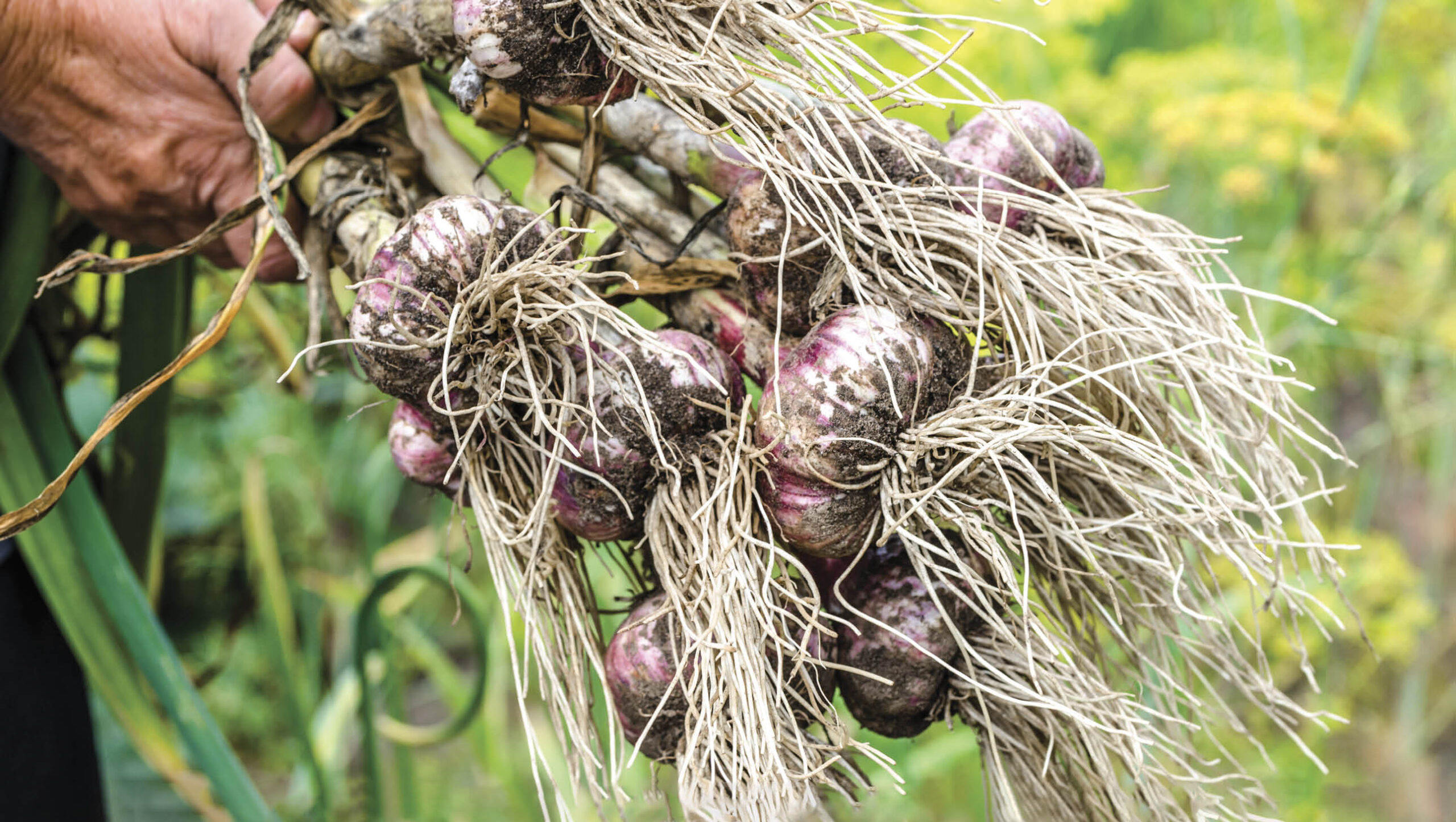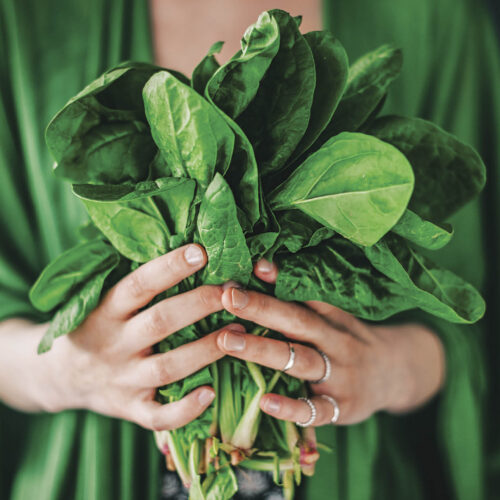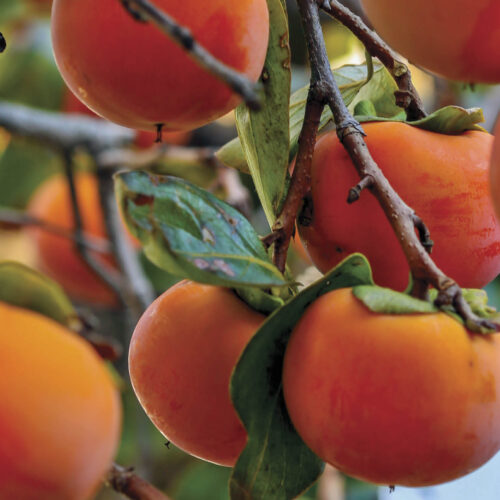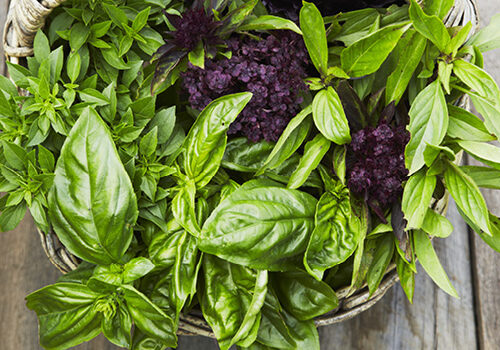Garlic ain’t just garlic
2019-03-20T03:52:58+11:00
Diversity in garlic cultivars will help cope with the effects of climate change, while new research bolsters garlic’s already strong health credentials, writes Penny Woodward.
In recent decades, awareness has grown about the many different cultivars of fruits and vegetables, whether apples, potatoes or tomatoes. However, most people still think that garlic, is just garlic. In fact, there are more than 300 different cultivars grown in Australia, which are sorted into different Groups that share a range of characteristics such as size, skin colour, flavours, storage times and more.
The distinctions between Groups and cultivars, especially planting and harvest times, are now becoming more vital as the effects of climate change take hold. Climate change is causing problems for garlic all over Australia. Unexpected very hot days in spring are beginning to adversely affect some early-planted garlic causing them to collapse, while sudden extreme downpours can cause fungal rots or side-sprouting.
One of the best ways to combat climate change is diversity. So by growing late-season garlics, as well as mid and early-season, adverse events may only impact part of your crop, leaving you to harvest the rest.
Whatever cultivars you choose to grow, plant them in full sun, with well-drained soil that hasn’t had garlic or related alliums growing in it for the past two years. If the soil in not well-drained then raise the bed by at least 30cm. If possible prepare the soil a few weeks or more before planting by adding organic matter such as compost and well-rotted cow, horse or sheep manure. Even better, if you have time, grow a green manure crop and dig it in to improve soil health. If your soil is acid or neutral then add a handful of lime to each square metre.
It is the cloves that you plant, and they need to go pointy end up, 15cm apart in both directions with the top of the clove about 2cm below the soil. If it’s very cold in your region, then go a bit deeper to 5cm. Sprinkle the soil with blood and bone or another slow-release organic fertiliser and then mulch with an open mulch (such as pea straw, lucerne) to about 10cm. Keep plants weed-free and, as you ease into warmer spring weather, bulbs will begin swelling with the combination of increasing day length and temperature. Water plants with seaweed or fish emulsion (alternating) every two weeks, until a couple of weeks before harvest.
If you get unexpectedly dry whether in winter or spring, remember garlic needs to be watered regularly right up to a few days before harvesting.
Harvest takes place 7-8 months after planting, when leaves start dying back but there are still 4-6 green leaves left. Check the bulbs are a good size and you can feel the clove ridges. Dig up and cure by hanging in a warm, dry, airy, position for 3-6 weeks. Once cured, top and tail, leaving about 5 cm of stem. Remember to set aside 10-15 per cent of your best cloves for next season planting.
For more gardening tips and ideas get the latest issue of ABC Organic Gardener Magazine here.






